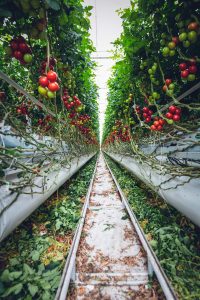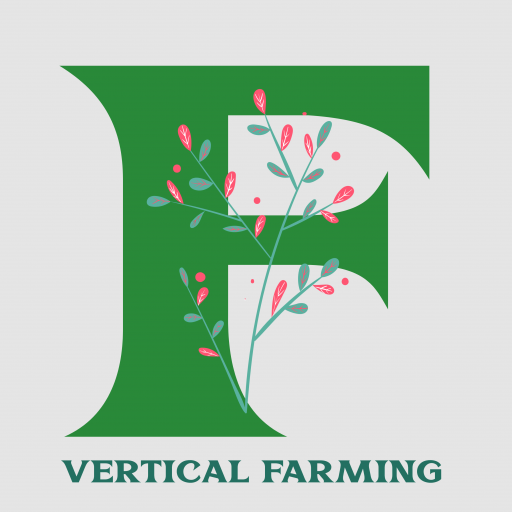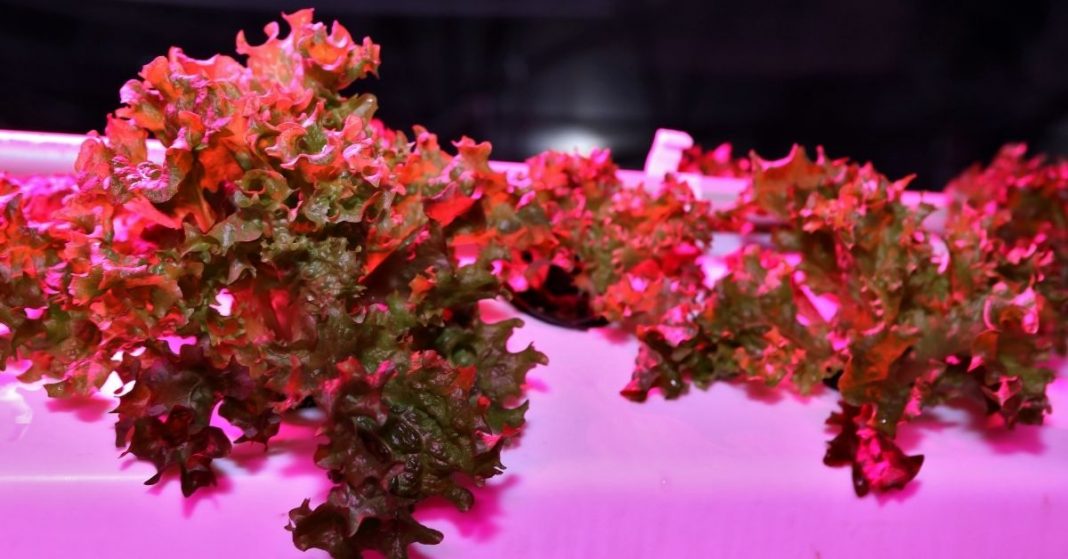What is Aeroponics
#.What is Aeroponics
 Aeroponics is a subset of hydroponics where the plant’s roots are not submerged in water. Aeroponic growing, on the other hand, requires air and an airstone for oxygenation.
Aeroponics is a subset of hydroponics where the plant’s roots are not submerged in water. Aeroponic growing, on the other hand, requires air and an airstone for oxygenation.
The roots are suspended in the air and misted with a very fine spray of nutrient solution.
The word aeroponics comes from two Greek words: Aero (meaning Air) and Ponics (meaning water). It is a branch of a hydroponic culture where no soil is used.
The root system is supported by an inert medium such as perlite, Rockwool, or oasis cubes and is sprayed with a nutrient solution while still exposed to the atmosphere.
Compared to Hydroponics (where the plant’s roots sit in water), Aeroponics uses 95% less water than traditional farming methods because there is no runoff or evaporation due to environmental conditions inside the growing chamber. This also means that there is almost zero waste for disposal at the end of the crop.
Aeroponics is often used to grow plants that require a constant oxygen supply or other forms of life support, such as sensitive root systems and cacti. This type of system can be easier to maintain than traditional hydroponics and allows the growing of difficult-to-grow species due to its precision delivery method.
Aeroponic systems operate in many different formats: from homemade everyday materials to purpose-built commercial units, including NASA designs employed aboard spacecraft. There are gravity-fed aeroponic systems where nutrient solution is delivered using drip emitters/drippers or perforated tubing; there are also pressure-driven aeroponic systems where pumps create a fine spray mist by forcing the nutrient solution through ultra-fine perforated tubing or very small nozzles.
Typically these systems are automated, monitoring several critical variables to provide the best environment for plant growth. Often this is achieved through a combination of an environmental controller and a pump controller where nutrient solution is pumped from the reservoir to the top of the chamber/s via submersible pumps. At this point, drip emitters or misters inject small amounts of nutrient solution at precise intervals directly to each compact buoy forming a root support system. An alternative approach involves using static cups filled with Rockwool cubes that can be automatically flooded with feeding solution prior to aeroponic spraying. The cup overflows into an airstone leading back to the reservoir, providing oxygenation for roots.
Aeroponics can also be used to grow plants in an interior setting. A tabletop system may consist of a growing chamber with misters, fan(s), airstone, compact root support (i.e., Rockwool cubes or Oasis Cubes), and a nutrient solution reservoir. Sensors measure temperature, carbon dioxide levels, pH, fluid level/pressure, and light intensity to regulate the amount of mist delivered to plant roots as well as the timing of fans, lights, and other environmental variables. An automatic feeder often tops the reservoir off when needed due to evaporation or consumption.
The chamber itself can be made out of plastic food storage containers attached together via PVC pipe with holes drilled for water lines and air pumps.
When using aeroponics, it is critical to make sure that all parts of the system are clean. If any part of your system has been used for growing anything else, you must clean it before using it for aeroponics, or else you can easily spread fungus or bacteria to your plants, which will lead to sickness.
It’s also important to know that when you are setting up an aeroponic garden, any kind of nutrient solution should NEVER touch your plant roots because this could kill them. Instead, nutrient mist should only be delivered to the airstone. If this is not done, then the plant roots will likely form a white fungus that won’t allow them to receive oxygen or nutrients.
Aeroponics is an advanced hydroponic growing technique, and it takes practice and knowledge of your surroundings to perfect it. Some people may grow more successful than others, but as long as you do your research and take good care of your plants, they should thrive and produce plenty for you!
Here you can find relevant articles:
How to Grow Plants Without Soil
How to Grow Microgreens Without Soil
Tips you need to know about Hydroponic indoor plants


